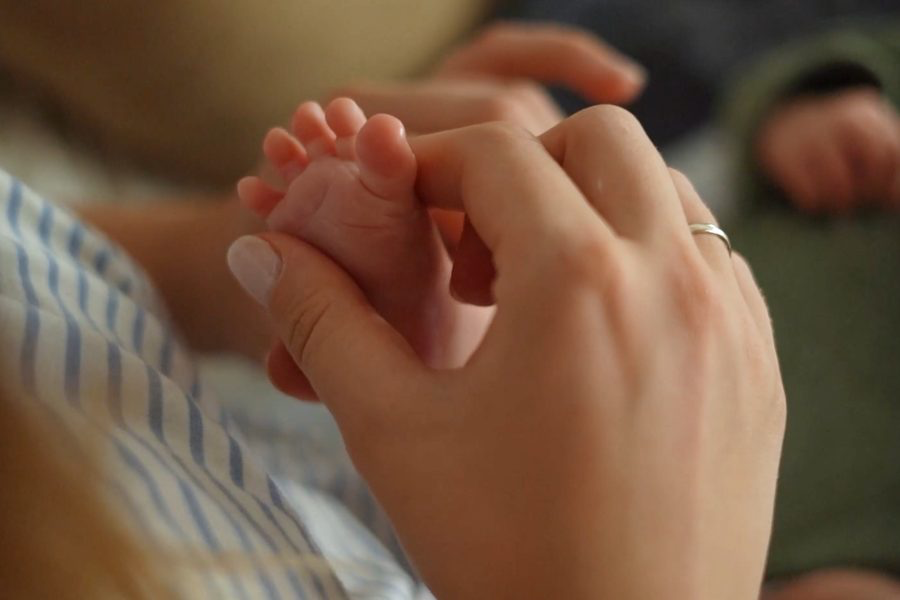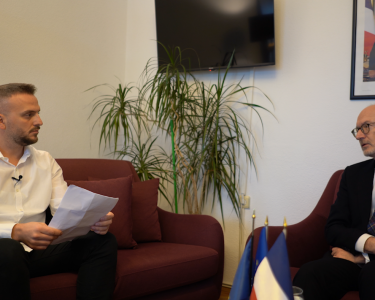The number of population increases in Kosovo decreases year after year. In recent decades in Kosovo, the birth rate has decreased by over 30,000 births per year or 143 percent, comparing the year 2022 with the year 1990. Economic factors, population migration, career as well as previous experiences in raising children are considered to be among the reasons for parents having fewer or no children.
According to data published by the Kosovo Agency of Statistics (KAS), in 2022 there were 22,632 births in Kosovo, in 2021 there were 22,830 births in 2020 there were 21,907 births, in 2019 there were 21,798 births, in 2018 there were 22,761 births, in 2017 there were 23,402 births, in 2016 there were 23,416 births.
Likewise, in 2015 there were 24,594 births, in 2014 there were 25,929 births, in 2013 there were 29,327 births, in 2012 there were 27,743 births, while in 2011, 34,262 births were registered. Whereas, two years after the war, 2001, there were 33 thousand births, while in the year before the war, in 1990, there were 55,175 births.
Unlike KAS, according to the data of the Ministry of Internal Affairs sent to KosovaPress, for the last four years the number of births is greater. According to this ministry, in 2023 there are 40,838 births, in 2022 40,517 were registered, while in 2021 44,11 births were registered, while in 2020 33,118 births were registered.
“In 2020 there are 33,118 births, in 2021 there are 44,011 births, in 2022 there are 40,517 births and in 2023 there are 40,838 births,” says a written response from the Ministry of Internal Affairs.
However, KosovaPress has requested additional answers from both institutions (KAS and MIA) for this difference in figures, but MIA has not returned an answer, while KAS has shown the difference with these birth statistics.
The senior official of vital statistics at the Kosovo Statistics Agency, Arjeta Sojeva, tells KosovaPress that the methodology of this institution is different from that of the Ministry of Internal Affairs. According to her, the collection of birth data is done for those births that took place within one year, while as she says, the Ministry of Internal Affairs also registers (the baby) that was born in any other year, regardless of the time when it is presented for registration.
For this difference in the statistical data, the president of the Chamber of Commerce of Kosovo, Lulzim Rafuna, says that it is necessary for the MIA and KAS to identify the problems of inconsistencies in the statistics. According to him, now is a good opportunity because of the population census, so, as he says, within it, data on children can also be obtained.
Despite the fact that at the end of 2021, the Government of Kosovo has decided to subsidize children and expectant mothers, the birth rate has decreased again.
The decrease in the number of births is estimated to be one of the biggest concerns and problems for Kosovo, during the coming years in economic terms.
Sociologist, Bekim Selishta, while listing the causes that have influenced the decline in the birth rate, emphasizes that the state should work more in this direction.
The head of the Kosovo Chamber of Commerce, Lulzim Rafuna, tells KosovaPress that the Government must take measures to increase the birth rate in Kosovo, otherwise this will negatively affect the development of the country’s economy.
According to the decision taken by the Ministry of Finance for subsidies, children up to two years old benefit from the aid of 20 euros. While others up to the age of 16 receive 10 euros per month.
With this subsidy, unemployed pregnant women receive from 170 euros for six months, while employed women after giving birth for three months receive the same amount.
The population census began on April 5, 2024 and is expected to last until May 17 of this year throughout the country. Meanwhile, the last registration in Kosovo was done 13 years ago, in 2011.








